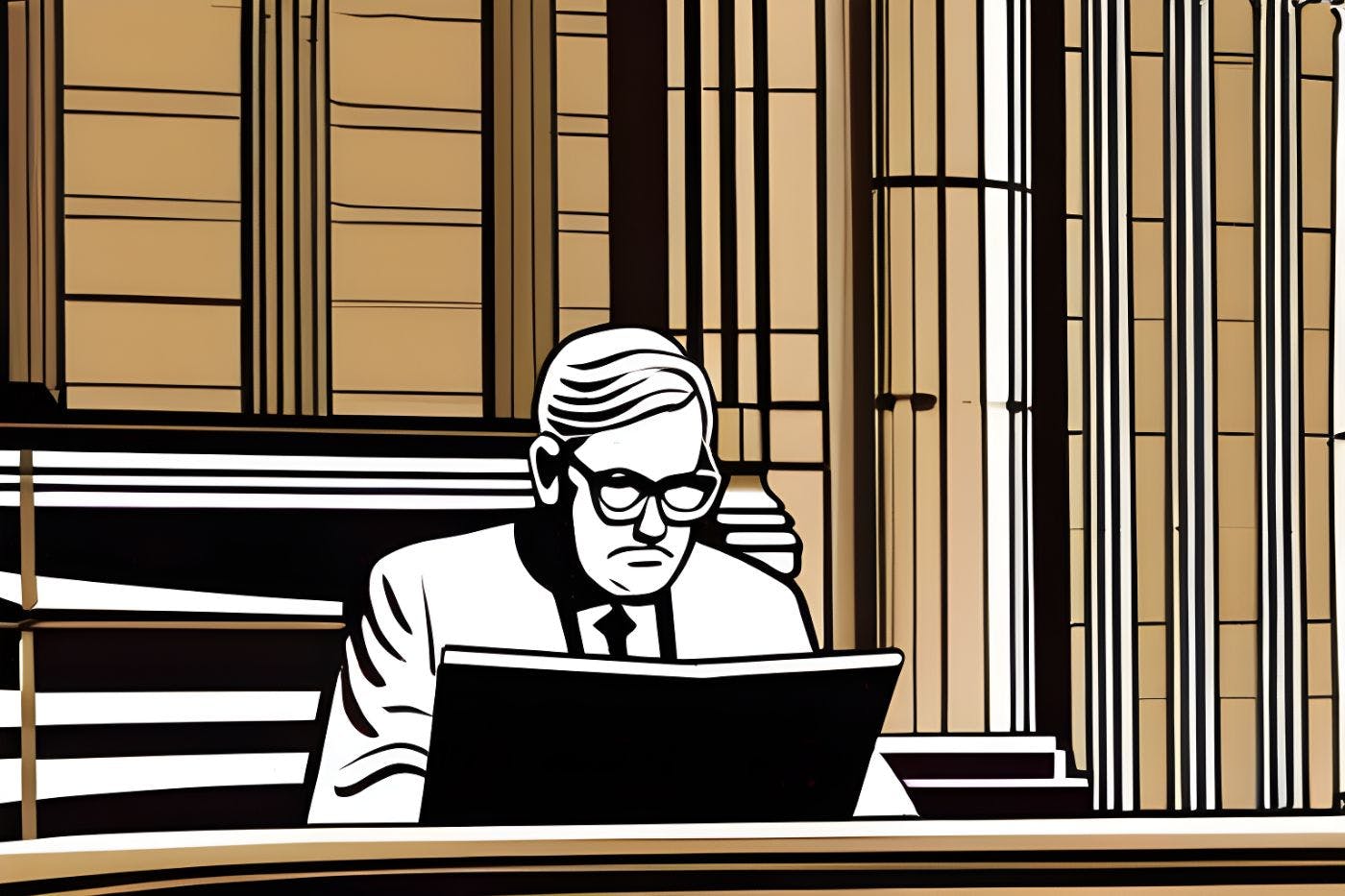Samsung vs. Apple (2016) Court Filing, retrieved on October 11, 2016, is part of HackerNoon’s Legal PDF Series. You can jump to any part in this filing here. This part is 7 of 8.
Opinion of the Court: II-B
The Federal Circuit’s narrower reading of “article of manufacture” cannot be squared with the text of §289. The Federal Circuit found that components of the infringing smartphones could not be the relevant article of manufacture because consumers could not purchase those components separately from the smartphones. See 786 F. 3d, at 1002 (declining to limit a §289 award to a component of the smartphone because “[t]he innards of Samsung’s smartphones were not sold separately from their shells as distinct articles of manufacture to ordinary purchasers”); see also Nordock, Inc. v. Systems Inc., 803 F. 3d 1344, 1355 (CA Fed. 2015) (declining to limit a §289 award to a design for a “‘lip and hinge plate’” because it was “welded together” with a leveler and “there was no evidence” it was sold “separate[ly] from the leveler as a complete unit”). But, for the reasons given above, the term “article of manufacture” is broad enough to embrace both a product sold to a consumer and a component of that product, whether sold separately or not. Thus, reading “article of manufacture” in §289 to cover only an end product sold to a consumer gives too narrow a meaning to the phrase.
The parties ask us to go further and resolve whether, for each of the design patents at issue here, the relevant article of manufacture is the smartphone, or a particular smartphone component. Doing so would require us to set out a test for identifying the relevant article of manufacture at the first step of the §289 damages inquiry and to parse the record to apply that test in this case. The United States as amicus curiae suggested a test, see Brief for United States as Amicus Curiae 27–29, but Samsung and Apple did not brief the issue. We decline to lay out a test for the first step of the §289 damages inquiry in the absence of adequate briefing by the parties. Doing so is not necessary to resolve the question presented in this case, and the Federal Circuit may address any remaining issues on remand.
Continue Reading Here.
About HackerNoon Legal PDF Series: We bring you the most important technical and insightful public domain court case filings.
This court case No. 15–777 retrieved on September 26, 2023, from supremecourt.gov is part of the public domain. The court-created documents are works of the federal government, and under copyright law, are automatically placed in the public domain and may be shared without legal restriction.

